#dutch renaissance art
Explore tagged Tumblr posts
Text

Laughing Fool
Artist: Possibly Jacob Cornelisz van Oostsanen (Netherlandish, 1477–1533)
Genre: Genre Art
Date: c. 1500
Medium: Oil on panel
Collection: Davis Museum and Cultural Center, Wellesley, Massachusetts, United States
"Laughing Fool" is a painting by Jacob Cornelisz van Oostsanen, a Dutch Renaissance artist who was active in the early 16th century. The painting depicts a jester or fool, dressed in brightly colored clothing and a hat with bells, who is laughing and playing a musical instrument. The fool is often interpreted as a symbol of the transience of life and the ultimate futility of worldly pursuits. The figure's laughter is often seen as a reminder of the thin line between happiness and sadness, and the fleeting nature of human joy and pleasure. The painting is a fine example of the Northern Renaissance style, characterized by its use of bright, vivid colors and its attention to detail and realism. "Laughing Fool" is considered to be one of Van Oostsanen's most important works, and is widely regarded as a masterpiece of Dutch Renaissance art.
#dutch painter#fool#custome#oil on panel#artwork#human joy#human pleasure#sadness#man#laughing fool#costume#painting#genre art#jacob cornelisz ootsanen#netherlandish#european art#hat#bells#emotions#musical instrument#dutch renaissance art
2 notes
·
View notes
Text

The Hunters in the Snow by Pieter Bruegel the Elder
#pieter bruegel the elder#art#landscape#snow#hunters#hunting#dutch#flemish#low countries#netherlands#europe#european#winter#dogs#dog#hounds#inn#town#village#northern renaissance
882 notes
·
View notes
Text

The Plague Doctor's Visit.
#my art#kabuki's ocs#owl ocs#bird ocs#original art#kabukiaku alphonse#kabukiaku cardinal matteo#1630s#1600s art#digital art#italian baroque art#dutch baroque#renaissance#renaissance art#corvid ocs#anthro#avian#anthro oc#furry art#furry oc#bird furry#oc art
491 notes
·
View notes
Text

Portrait of a Woman, possibly Anne Codde, 1529
Maarten Van Heemskerck
#Maarten Van Heemskerck#art#painting#fashion#portrait#1520s#16th century#dutch art#oil on oak wood#oil on wood panel#mannerism#renaissance#dutch golden age
231 notes
·
View notes
Text

Ascent of the Blessed by Hieronymus Bosch, 1505-1515.
#classic art#painting#hieronymus bosch#dutch artist#16th century#renaissance#northern renaissance#early netherlandish#christian art#heaven#ascent#people#angels
56 notes
·
View notes
Text






details from Garden of Earthly Delights (1503-1515) by Hieronymus Bosch
45 notes
·
View notes
Text
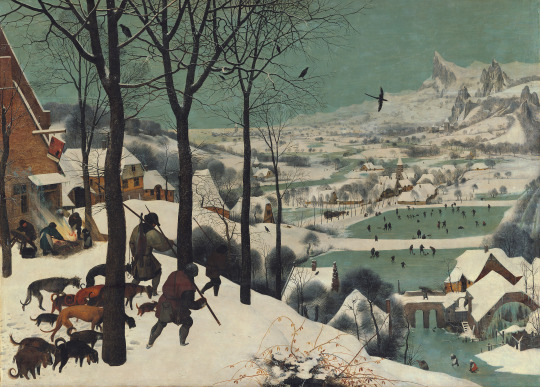
Pieter Bruegel the Elder (Dutch-Flemish c. 1525–1530-1569), Hunters in the Snow (Winter), 1565. Oak wood, Overall: 116,5 cm × 162 cm × 2,4 cm Framed: 134 cm × 180 cm × 11 cm. (Source: Kunst Historisches Museum Wein, Vienna)
#art#artwork#Dutch and Flemish Renaissance#Pieter Bruegel the Elder#Pieter Bruegel#Bruegel#landscape art#Kunst Historisches Museum Wein
75 notes
·
View notes
Text

The Hunters in the Snow (1565) 🎨 Pieter Bruegel the Elder 🏛️ Kunsthistorisches Museum Wien 📍 Vienna, Austria
In the late 16th century, the Antwerp banker Niclaes Jongelinck owned one of the most important painting collections in the Netherlands. He commissioned Bruegel to create a series of six seasonal paintings, the last of which is shown here. The series also included: Gloomy Day (Early Spring; KHM, GG 1837), Spring (now lost); Hay-Harvest (Early Summer; Nelahozeves Castle, Czech Republic, Lobkowitz Collection); The Harvesters (Late Summer; New York, Metropolitan Museum of Art); Return of the Herd (Autumn; KHM, GG 1018). For the composition of this series, Bruegel, who today is regarded as the most progressive landscape painter of the 16th century, followed an older tradition that divided the year, beginning on 1 March, into six unequally long seasons. What all the compositions have in common is the so-called balcony motif, i.e., the depiction of a hill in the foreground from which an overall view of the landscape unfolds. On top of the hill a group of hunters accompanied by a pack of dogs is seen, making their way back to the village below. Their catch is poor: a single fox dangling from the spear the hunter on the left carries on his shoulder. To the hunter’s left, Bruegel added a motif that had been used forquire some time in book illumination for depicting the month of December: the preparations for singeing a pig over an open fire outside a building. The damaged sign hanging above them reveals the name of the inn: “dit is inden Hert”, meaning “To the Deer” – a well-aimed passing shot. Entertaining details, such as the people ice-skating on the frozen lakes, have contributed to the painting’s enormous popularity. However, it does not owe its significance in art history to its details but rather to the overall impression conveyed by the coloration and composition. With virtuosity and consistency Bruegel evokes the impression of cold: white, blue-green and brown are the dominant colours. The precise silhouette of the trees, the frozen mill-wheel at the lower right and the icy surface of the snow revealed by the hunters’ footprints blend together to convey the fundamental characteristics of winter. The scene is an invented, universally formulated landscape: the combination of a chain of Alpine mountains with Flemish architecture renders pointless any search for reality.
#The Hunters In The Snow#Pieter Bruegel the Elder#Kunsthistorisches Museum Wien#Vienna#Austria#Renaissance#Northern Renaissance#Dutch Renaissance#Flemish Renaissance#art#artwork#art history#Jagers in de Sneeuw#flemish#oil on wood#oil painting#painting#Twelve Months#genre painting#Flemish Mannerism
48 notes
·
View notes
Text

Albrecht Dürer, Peasant Couple Dancing, 1514
#art#Albrecht Dürer#Peasant Couple Dancing#1514#Durer#etching#engraving#print#1500s art#1500s#copper engraving#german art#german painter#renaissance#landscape artist#gothic#Hieronymus Bosch#printmaker#woodcut#Nuremberg#adam and eve#the prodigal son#praying hands#reformation#michelangelo#prado#Pieter Bruegel#dutch art
15 notes
·
View notes
Text

Wolf in a Rocky Landscape by Frans Snyder (1650)
#oil painting#netherlands#dutch artist#17th century#wolf#werewolf#goth#gothic#creepy forest#dark forest#renaissance art#stuart period#jacobean era
27 notes
·
View notes
Text

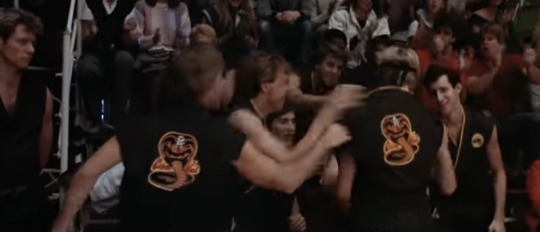
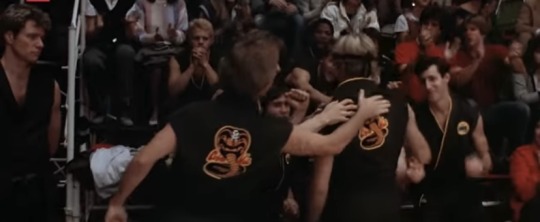
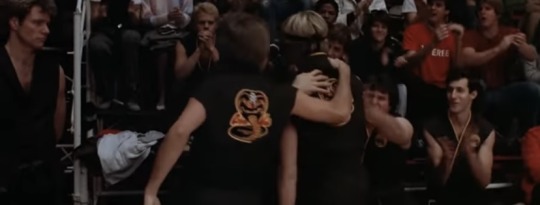


This is art.
#legit renaissance art#Tommy is so exciting lmao#Plucked him#Chill#Dutch is in deep thought#He’s pissed off he lost#poor thing#He’s insane#og cobras#karate kid#Johnny x cobras
109 notes
·
View notes
Text
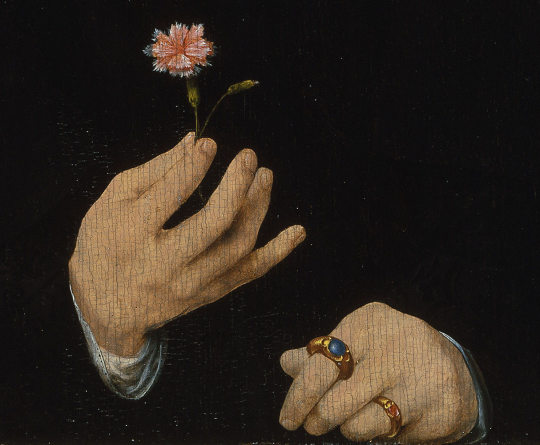
Self-Portrait (detail) by Joos van Cleve, c. 1519.
65 notes
·
View notes
Text



"Adoration of the Magi" (1599)
Maerten de Vos
7 notes
·
View notes
Text
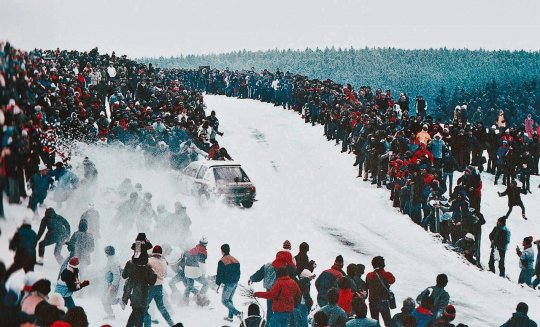
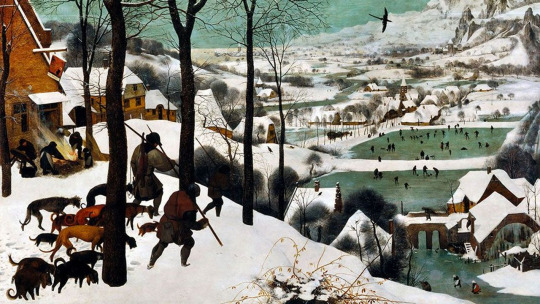
Ari Vatanen and the Peugeot 205 T16 in action, 1985 Monte-Carlo Rally // Hunters in the Snow, oil on panel by PIETER BRUEGEL the ELDER, 1565
25 notes
·
View notes
Text

The Angel Taking Leave of Tobit and His Family- Jan Victors (The Getty Center)
#classical art#romantic art#neoclassical art#dutch painter#renaissance#renaissance art#painting#oil painting
9 notes
·
View notes
Text

Pieter Bruegel the Elder (Dutch, 1525-1569)
14 notes
·
View notes